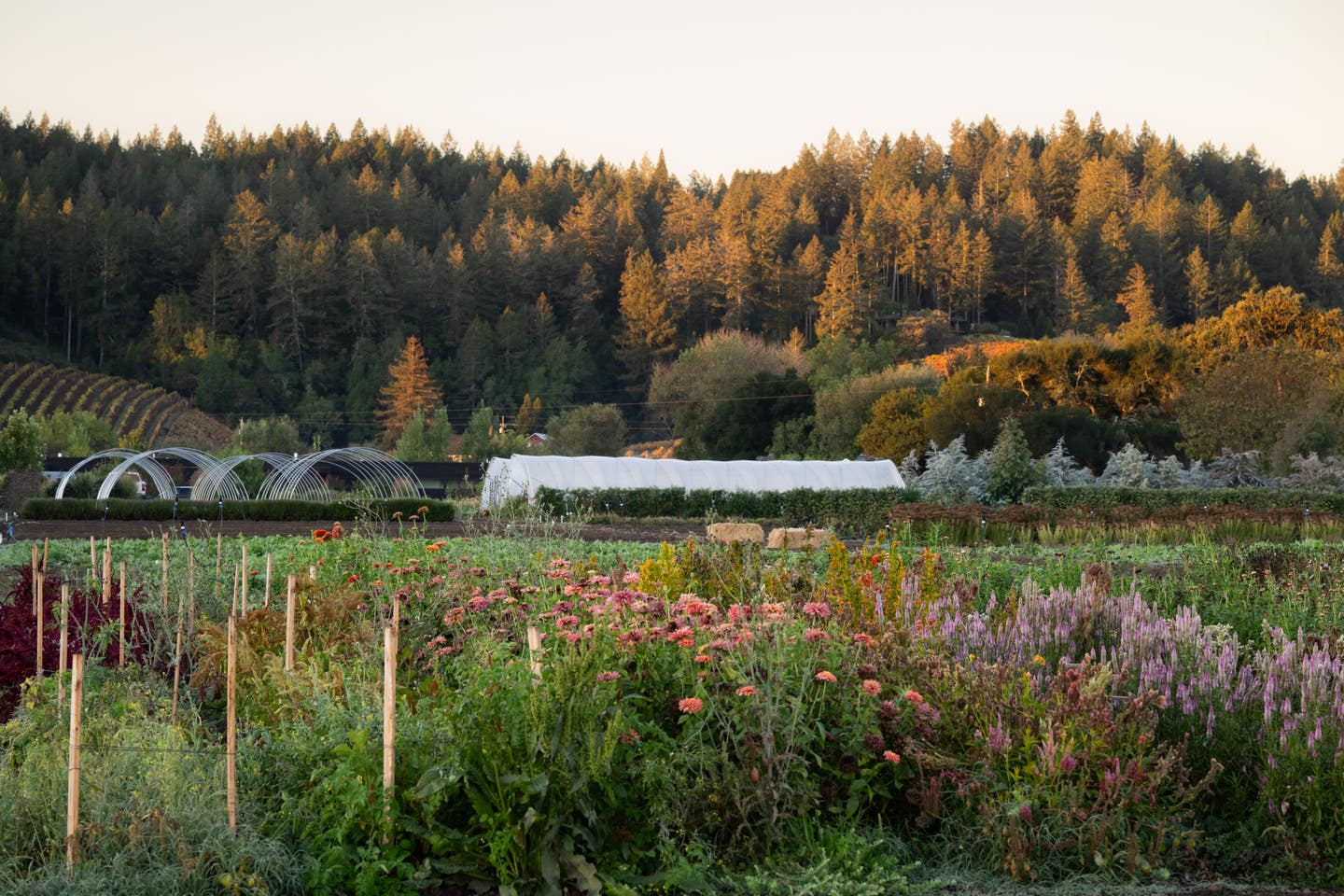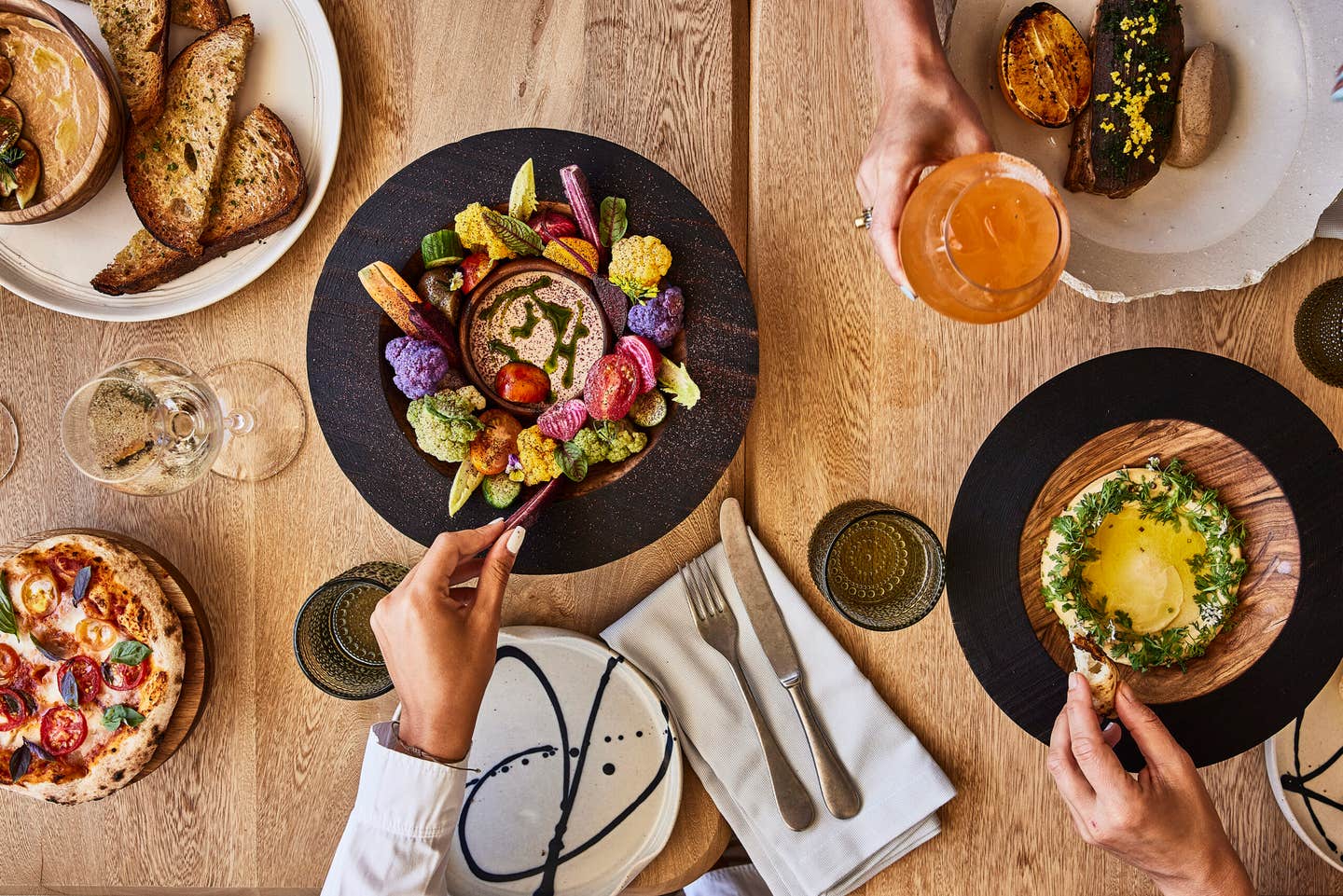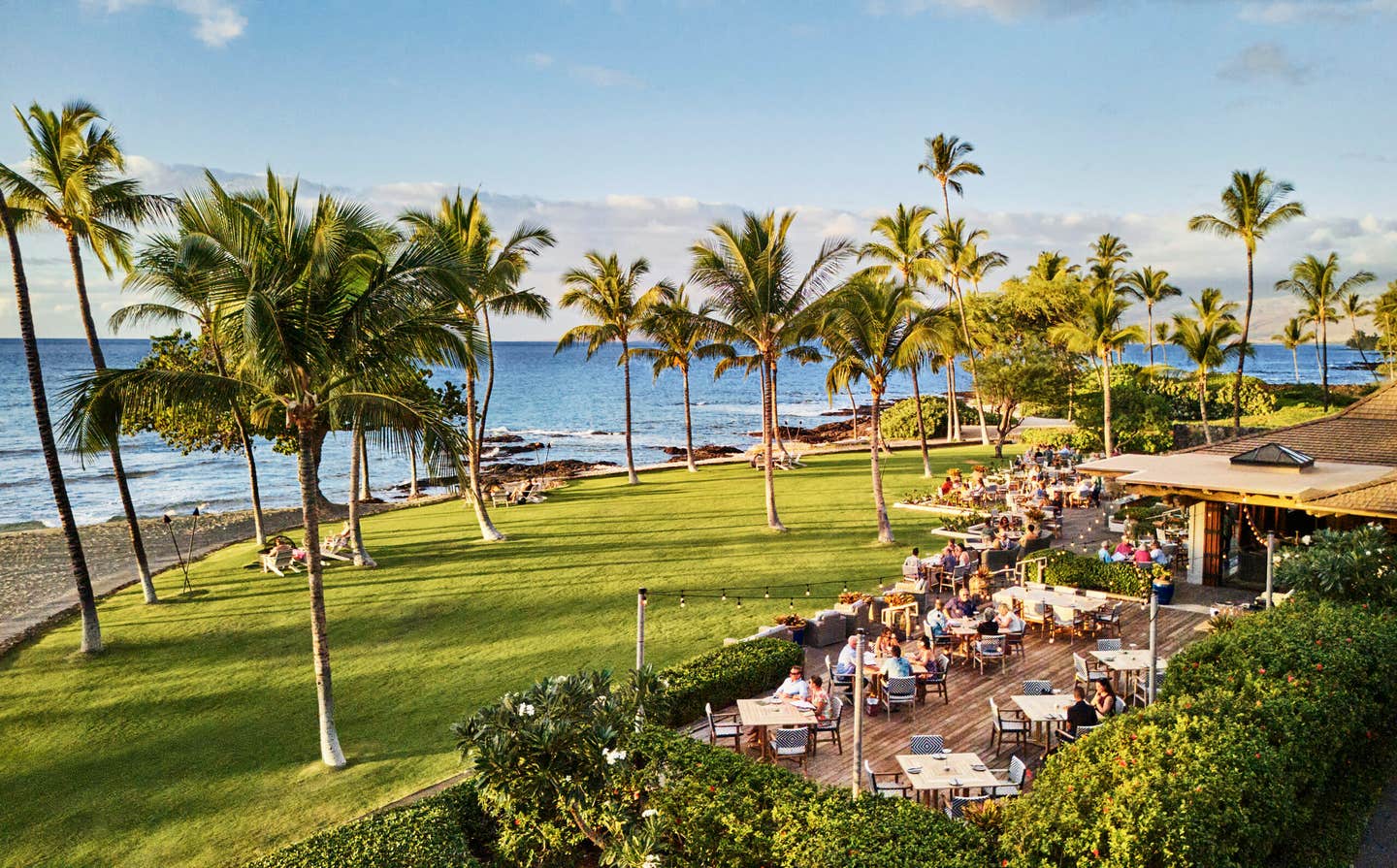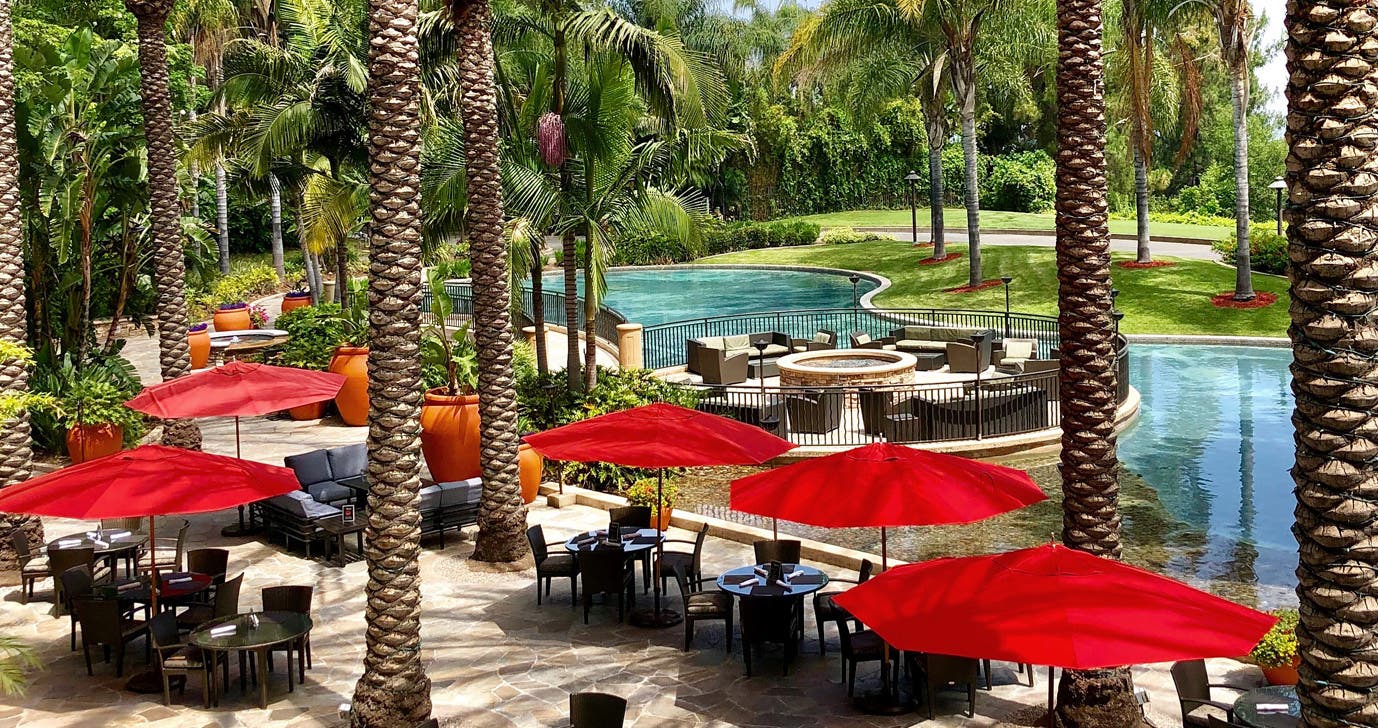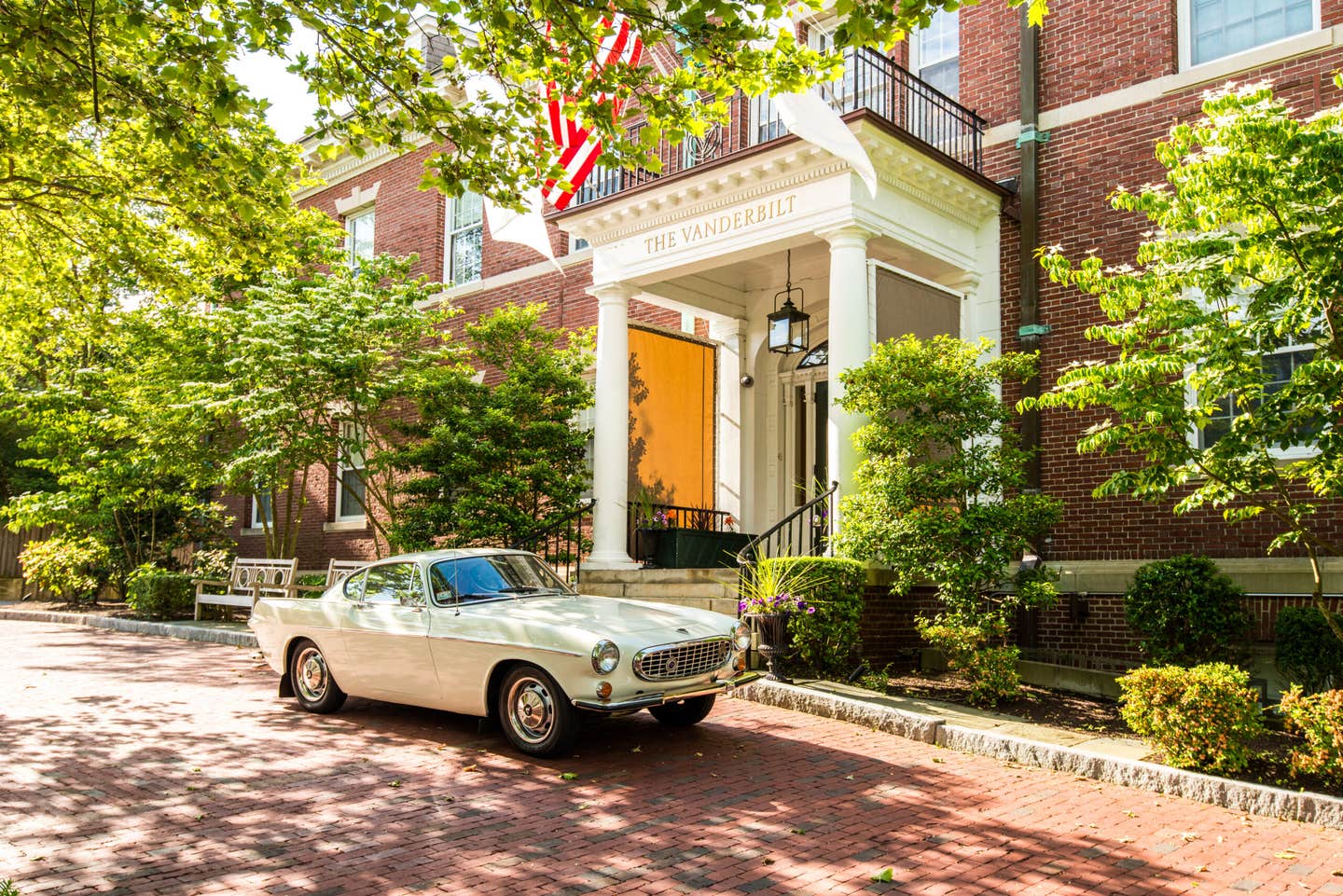Radical Chocolate at Costa Rica’s Spectacular Cloud Forest Hotel
The more I talked to chocolate people—and yes, they’re a passionate tribe—the more I learned about the all-important relationships with cacao growers around the world. This made me so excited when Hacienda AltaGracia, an Auberge Resort in the Telemanca mountains of Costa Rica, invited me to visit and witness their cacao program.
The more I talked to chocolate people—and yes, they’re a passionate tribe—the more I learned about the all-important relationships with cacao growers around the world. This made me so excited when Hacienda AltaGracia, an Auberge Resort in the Telemanca mountains of Costa Rica, invited me to visit and witness their cacao program.
I arrived at night and was driven four hours into woodlands cacophonous with birdsong. The hacienda itself—dark and leafy in the dark—is on a coffee plantation and surrounded by an almost shocking biodiversity. In night hikes, you might encounter glass frogs—you can see through their skin to their skeletons—and, during the day, a raucous conference of birds. I looked out from the terrace of my plush casita the next morning, and saw drifts of mist float past. Turkey vultures rode the wind currents. In addition to the coffee farm, the property has riding stables, an organic chef’s garden, and a 20,000 square foot glorious wellness space by The Well, a New York holistic brand. Everything on the 180 acres is bright, turned up a notch, as if there’s a vivid filter everywhere you look. This is chocolate country.
About a year ago, Hacienda AltaGracia made the unusual choice of hiring a South African couple, Liezl Odendaal and Arno Janse van Renseburg, to run their culinary program. On a sunny morning in June, they meet me at the low slung and luxurious main lodge of the hotel.
Liezl is a toasty color, from her reddish blonde hair to her freckled skin. She wears smart girl glasses and laughs often, wrinkling her nose. Arno is more easygoing—at least out of the kitchen—though you also get the sense that, together, these two make a formidable pair. Hired during the pandemic during a virtual session—they said their audition felt like a cooking show—they are committed to not only tasting everything they’ve never tasted before—but also to making alliances within the community, so Hacienda AltaGracia becomes more and more knit into its sense of place.
As we leave the grounds and head towards the Valley, our Jeep bumps across pitted roads of red clay. The sky is white and hot, the leaves getting bigger and more dusty as we drive. The small towns seem less and less tidy as we get closer and closer to wilder lands. Eventually we turn into a driveway with a white house and an agricultural sign. Marvin, a compact man in shorts, bounds out greet us with a big smile. Two red dogs snooze in the dirt, barely looking up. Marvin sits us down in his open air dining room. Cloth masks are drying on a clothes line, a visible sign of the pandemic. His wife comes out with a tray and hot chocolate in tiny glass cups.
“That’s my chocolate,” Marvin says in Spanish as Liezl translates.
Farmers like Marvin get their criollo cacao trees as seedlings from CATIE, an investigational agricultural center in Turrialba. Agricultural centers like CATIE play a big part in keeping cacao pest-free and healthy by developing a disease-resistant root stock.
Marvin’s plantation is slowly being fully developed, with wide trails carved into the hills, and lines of different cacao trees. The right trees and complimentary crops are only the beginning though for Marvin, because the machines to produce chocolate on site are expensive and he’ll need some help. Marvin’s new fermentation shed is funded by an organization called ACICAFOC, and more aid is needed for a winnower, roaster and grinders. Liezl and Arno are helping to apply for the grants and also—crucially—to demonstrate to the government that there’s a built-in market for Marvin’s chocolate at Hacienda AltaGracia. They’re also teaching him chocolate-making technique, including best texture and flavor profiles. It’s a bespoke operation, from seed to bar.
Together we walk down the hill of Marvin’s huge property. Everywhere you look something grows in abundance. Tiny pink peppercorns bead the leaves of an uber green bush. Graceful curls of bananas sport an otherworldly pink flower. Marvin’s wife’s hives yield mariola honey, packed with antioxidants. A silvery field of sugarcane stretches into the distance. And there’s cacao. Everywhere.
The football-sized pods grow stuck to the tree trunks like something out of Dr Seuss. Rows of them have been grafted with cuttings and are being closely observed.
“The whole place is a lab,” Marvin says.
He machetes off a pod for me to taste, opening it up like a book. The seeds remind me of lychee, slightly furred, slightly slimy—no taste of chocolate at all—the kernel so bitter it puckers my mouth.
Chocolate has been here for thousands of years. Liesel tells me that Costa Rica is different from some neighboring countries because its Mesoamerican population was never enslaved and forced to farm the land. The Mayans and Aztecs drank chocolate here 2500 years ago, reserving it for royals and flavoring it with achiote chili, pepper, vanilla, and flowers for both fragrance and psychotropic effects. Glorious vessels inscribed with the flavors of the chocolate being served have been found. They even used cacao beans as money. It wasn’t until a delegation of Kekchi Maya nobles from Alta Verapaz introduced the drink to the Spanish court, that it caught on, though the Europeans preferred it heavily sweetened.
The government in Costa Rica has systems in place to export almost everything, while import taxes for products like sugar are steep, as much as 40%. Marvin seems eager to grow and learn and find a way to make their land as profitable as he can. One gets the sense that it’s a struggle because of government bureaucracy and lack of support, at least in helping the farmers produce in Costa Rica rather than exporting the raw materials. As Marvin says, “It was a lucky day, when he met Liezl and Arno,” and with him, and the community of cacao growers in the valley, there’s hope that soon they’ll produce world class chocolate here, and that’s what makes this story so important. Here we are on the eve of a true seed-to-bar, though it’s also taking the involvement of two South African chefs, Liesel and Arno, as well as the institution of a forward-thinking luxury hotel to help push it through. What matters though is that Marvin, and his community, are getting the help they need to start a movement where chocolate is made on site. Then, when the label says bean-to-bar, no, seed-to-bar, we can know we’re tasting something radical.
Later that afternoon we go back to the resort which is, in all its natural splendor, grand. One night, we have a Cienfuegos show of high stepping Costa Rica horses—small and fast—who also bolt across the ring while their caballistas spear tiny rings in a game called picadero. The entire stable area is lit up by massive bonfires, and the food is cooked over a huge open fire, succulent chicken with chimichurri sauce, giant T-bones, and legs of lamb swinging over the hearth.
Another night I show up Grano, the fanciest restaurant in the compound, during one of the early evening’s epic rain storm—we’re talking buckets here, a wonderful thrumming pelting sound.
Grano showcases Liezl and Arno’s beautiful food, much of it from surrounding organic farms and their own chef’s garden. There’s prawns with hearts of palm and avocado leaf salsa and shitake mushrooms with queso fresco and green peppercorn vinaigrette. For me, the belle of the ball is an elephant garlic that Arno tells me has been cooked for two months at 60 degrees. I’ve never had anything like it, sweet, with the slightest tinge of funk, purple-y black and perfectly paired with arracacha (a taro-like root vegetable) and a potato crisp.
Arno tells me that he and Liezl work together almost symbiotically—four sets of tastebuds instead of two—responding to different flavors and bouncing off each other as they create. Their food is delicate as well as intense.
Liezl’s coffee spuma with the tres leches cake has a deep coffee quality that’s almost savory rather than sweet, pairing beautifully with the childhood sweetness of banana ice cream. Which brings me to another novelty here, with their insistence on local ingredients and, since wheat is imported, the flours used to bake are all gluten-free. Banana. Yucca. Amaranth. And somehow they’re just as light and fluffy too, though be careful of that banana bread; it turned into kind of a serious addiction over here.
At the Mercado—the café that serves as a hub of the hotel—barista Melany introduces me to a vandola, a kind of ceramic drip coffee maker, to bloom Laurina, a naturally low- caffeinated blend from a farm called Volcan Azul. The coffee is perfectly balanced, a little citrusy and nutty at the same time. After a cup (and a banana fritter I can’t resist) it begins to pour, which means it’s time to visit The Well.
The pool at the wellness center is a bewitching expanse of water housed in a greenhouse affair, cosmic when it’s pouring outside. Air plants and orchids drip from the ceiling in containers, whirlpools bubble and, with the windows open, you can hear the birds, whooping and chattering in the shelter of giant leaves. Huge beds of rose-colored marble are heated, so you can apply great gobs of herbaceous clay and then lie on the stone to let it get crispy, before you rinse off with a shower before slipping once again into the pool.
The massage treatments are thoughtful and skilled, the windows open again in the spare rooms to the cacophony of nature and color outside. With ceramic mandalas lining the front hall (close your eyes and let your fingers trace the maze), rainforest crystal balancing ceremonies and handblown glass bottles in the essential oil bar, it might be the best of Gwyneth Paltrow, but here it feels right at home.
The River Bath in particular is something else. A coffee scrub leaves my skin pink and tingling before I rinse off in a freezing white foamy river, and then soak in a huge bath built out of stones and heated by burning logs. As I loll around in the hot water, listening to the white water below, I am handed a frothy cup of hot chocolate, spicy with chili and cardamon. Of course.
There are a number of families at this all-inclusive resort, some of three generations, everyone wandering around in shorts and looking a little stunned by the sheer variety of nature on display. There are also all kinds of adventures, like high canopy climbs, trips into the mountains to visit organic farms and waterfalls. A whole network of golf carts and restored Jeeps whisk me around, and everyone greets me by name. As I leave, Liezl presses something into my hand. It’s Marvin’s wife’s honey, magic enough to remember this beautiful place.
